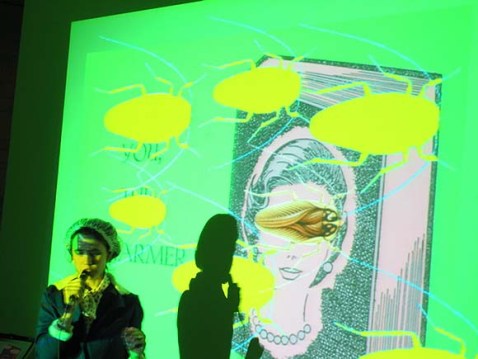As part of the recent exhibition "In Collaboration with Earth" at the Glass Box Gallery (UC Santa Barbara), I presented a series of museum specimens with related artifacts. The first drawer of insects is all regional bees to Santa Barbara, California. The second drawer focuses on the Western Monarch. Discussion and Microtheater about the insect boxes were performed live during the exhibition and can be revisited on Facebook. In short, the insects are the stars!
Monday, January 3, 2022
Friday, November 5, 2021
Extending Anthophila research through image and trait digitization (Big-Bee)
I am pleased to announce a new collaborative project called Big-Bee for the exploration of bee natural history traits via images and morphology. This three-year National Science Foundation funded project is a collaborative effort across thirteen US institutions and we will be digitizing bees from all over the world. Love bees, keep an eye on this project to see many lovely images.
Big-Bee is also supporting a few new arts research projects, including a radio series called The Buzz, inspiring new Irene Moon performances and video collaborations. Please keep in touch and find out more via the Big-Bee website at http://big-bee.net/. Buzz to you!
Monday, July 19, 2021
Irene Moon performs at The Museum of Contemporary Art Santa Barbara July 23, 2021

Friday, April 30, 2021
zoom_zzee2 Microtheater video collaboration with Lovid
zoom_zzee2 Microtheater
Monday, August 19, 2019
Media Arts and Entomology
Irene Moon and NFN


Monday, April 6, 2015
Beautifully Uninformative
These visualizations can easily take on a life of their own leaving their descriptive and scientific nature behind, transforming into objects of beauty and disinformation rather than clarification. The illustrations are not random nor imaginative as each of them is powered by the same dataset of Plant Bugs - where the insects were collected, their food plants, and dates of that collection event. These simply exist as an alternative representation of a highly complex natural ecosystem as we have recorded and translated into discrete pieces of information.
 |
| Histogram 1 & 2: Collecting event based on plant family with mixed up columns and rows. |
 |
Histogram 3: Plant diversity for every
insect species. The graph is so dense many of the columns just appear black. |
 |
| Host Network Graph 1: Default color scheme with all nodes arranged circularly. Only a few of the most numerous edges are visible. |
 |
| Host Network Graph 2: Insect and plant interaction are rather isolated. |
 |
| Host Network Graph 3: A host plant network for Plant Bugs with one favorite plant. |




